Row 1: Likely Escarpment Live Oak (Quercus fusiformis) - One of our two common Live Oaks, along with the Southern Live Oak (Quercus virginiana). They often hybridize, so it isn't always easy to tell them apart. The underside of the leaves is often densely pubescent (covered with a lot of hairs, a little like velvet). The acorn is long and slender, and narrows at both ends (hence the scientific name fusiformis).
Row 2: Blackjack Oak (Quercus marilandica) - In the Red Oak group, Blackjack Oak has leaves that are wider at the tip, frequently in three lobes, each with a bristle tip.
Row 3: Post Oak (Quercus stellata) - In the White Oak group, Post Oak leaves, when well developed, form a sort of Maltese Cross shape, though many leaves on the tree may not be of an ideal shape. If you use a hand lens, you can see star-shaped hairs on the underside of the leaf, from which the scientific name stellata is derived.
Row 4: Likely Lacey Oak (Quercus Laceyi) - Although our hike is outside the normal range for the Lacey Oak, many of the characteristics of the leaves and acorns match those of the Lacey Oak. The leaves are similar to the White Shin Oak (Quercus sinuata), but the trunk does not have the shaggy appearance (though I did see a few dead trunks of smaller White Shin Oaks along one part of the trail). For our tree identification, we will leave this one a possible, and focus on our other tree Oaks.
Row 1: Texas Persimmon (Diospyros texana) - A fruit-bearing shrub, occasionally a small tree, with distinctive peeled bark, giving a white or silver appearance to the trunk. The small fruit is edible when ripe. The leaves are relatively thick.
Row 2: Ashe Juniper (Juniperus ashei) - Often referred to locally as "cedar," the Ashe Juniper is a master at competing for water and space. The peeling bark is an easy identifying mark, and small trunks or branches often have a white striped appearance - patches of the White Juniper Fungus. In areas with both Ashe Juniper and Eastern Red Cedar, the Juniper is more often a multi-trunked shrub and the Cedar a standing tree, but of course not always.
Row 3: Honey Mesquite (Prosopis glandulosa) - a common tree of open scrubby dry areas, the Honey Mesquite has double compound leaves that look almost feathery. The bark is often rough and deeply furrowed, even on relatively thin trunks. I find the scientific name easy to remember when looking at the thin branches which appear to be jointed with dark glands.
Row 4: Cedar Elm (Ulmus crassifolia) - The Cedar Elm wee saw on our previous hikes. Small toothed oval and slightly shaggy bark are relatively easy to recognize characteristics.
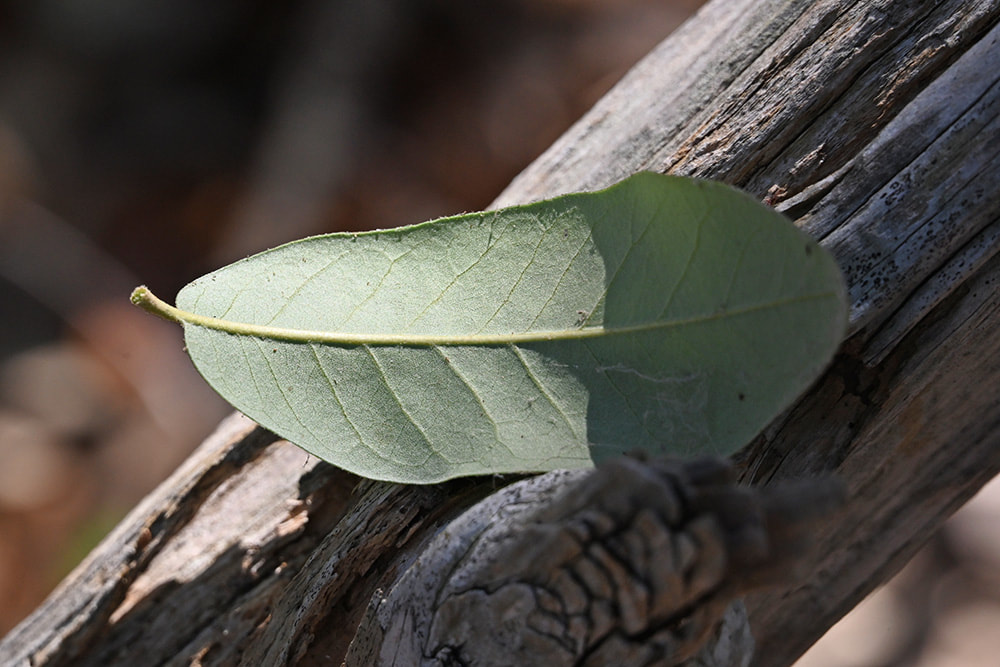
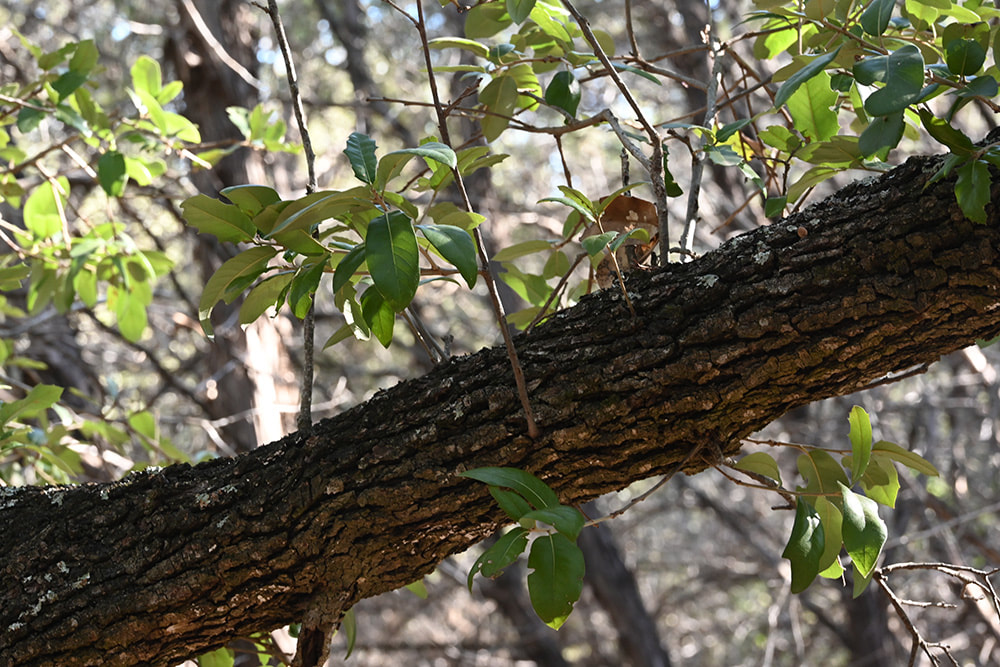
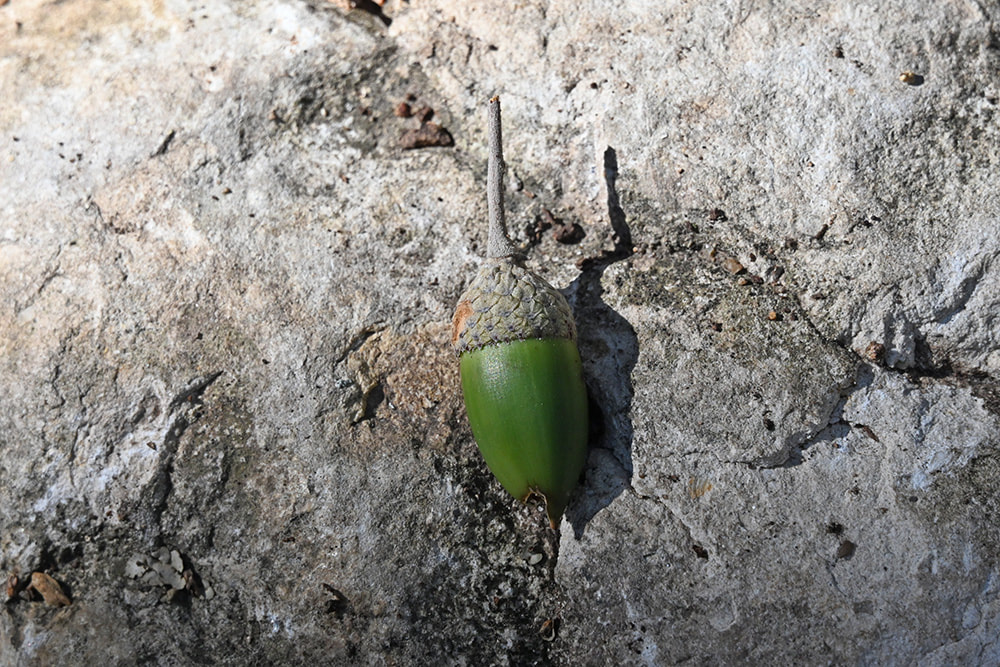
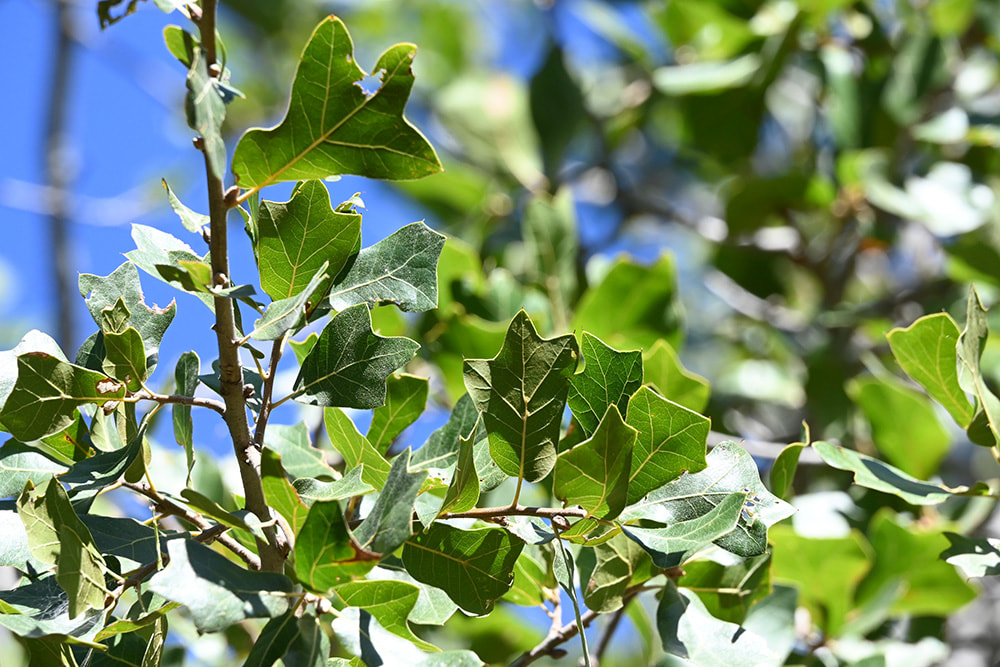
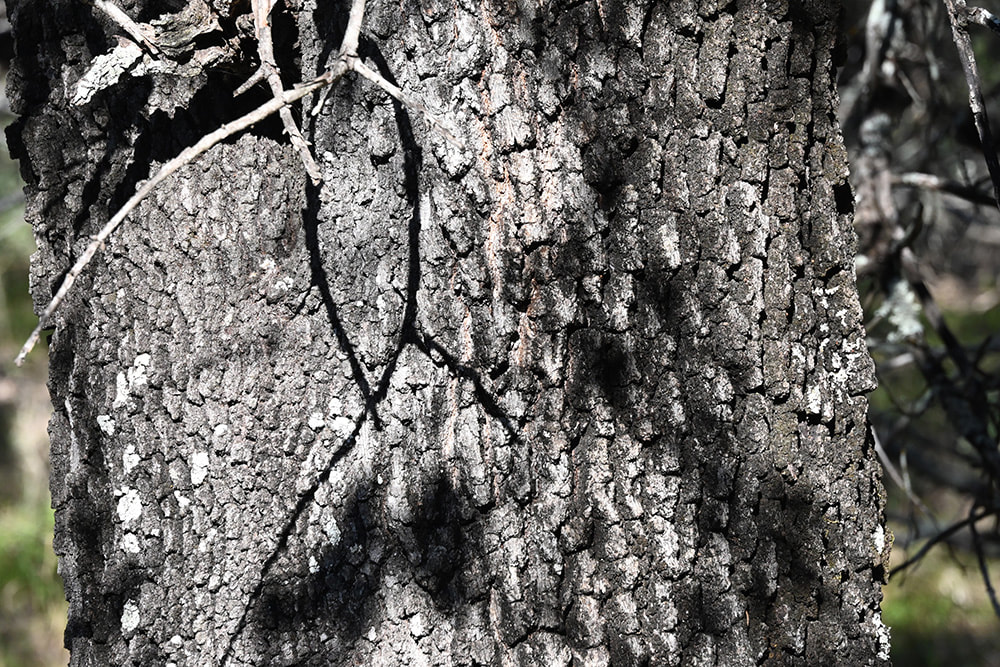
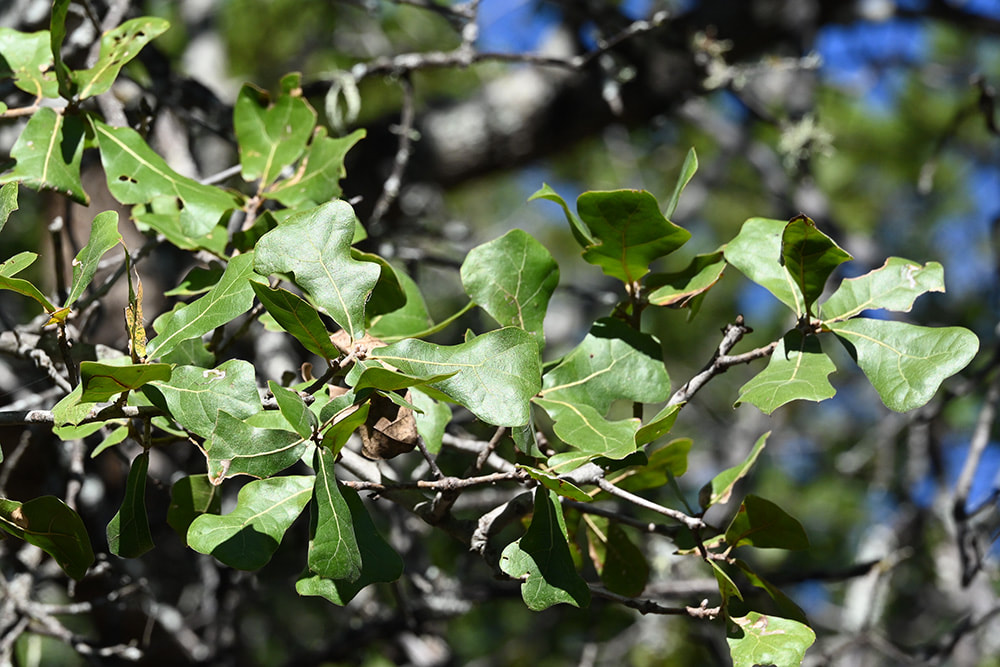
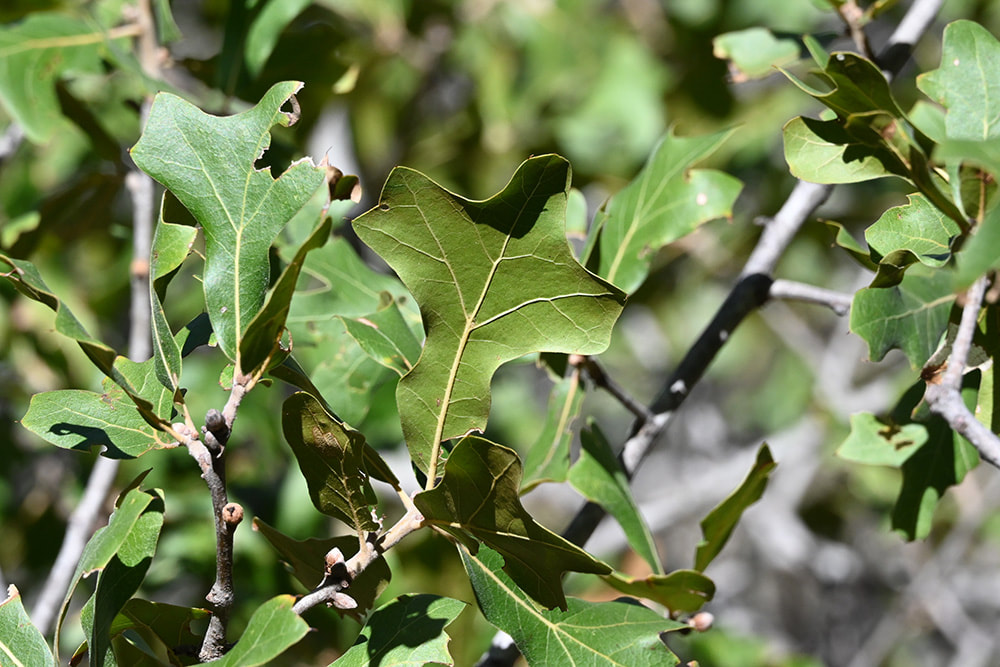
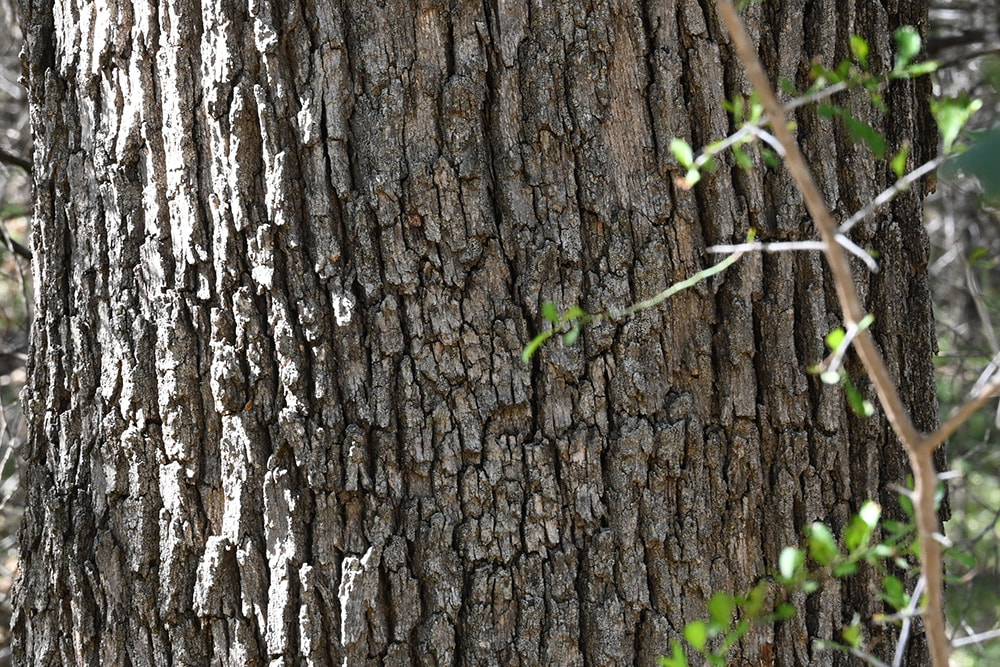
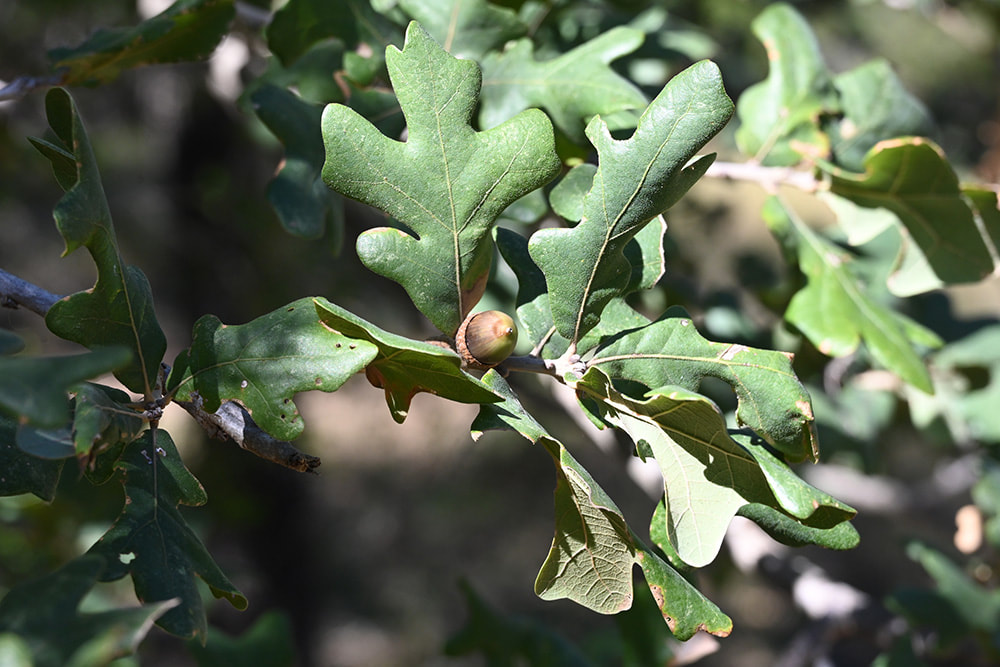
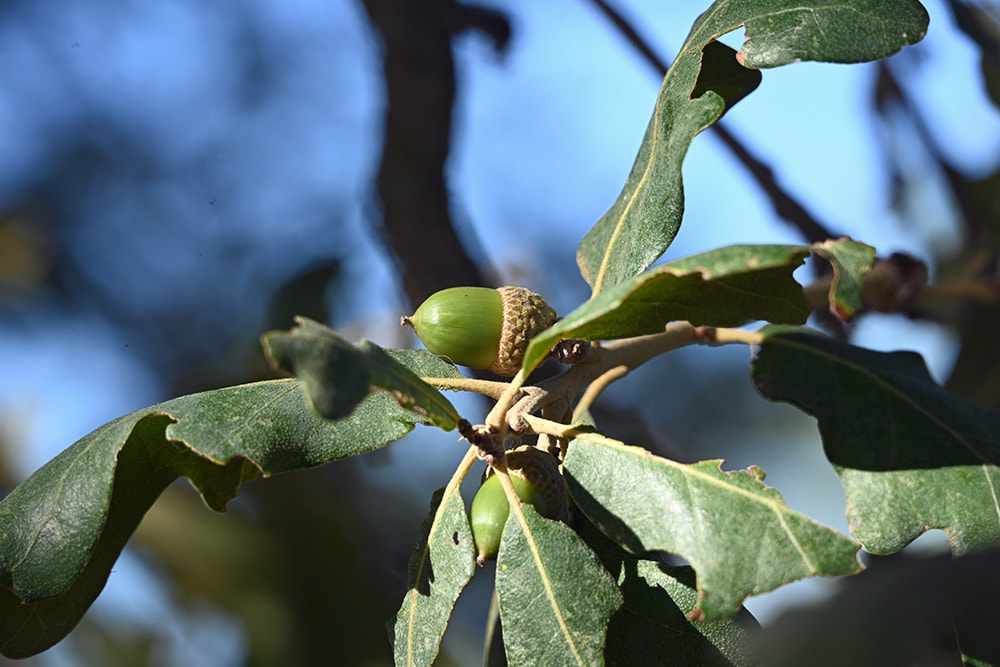
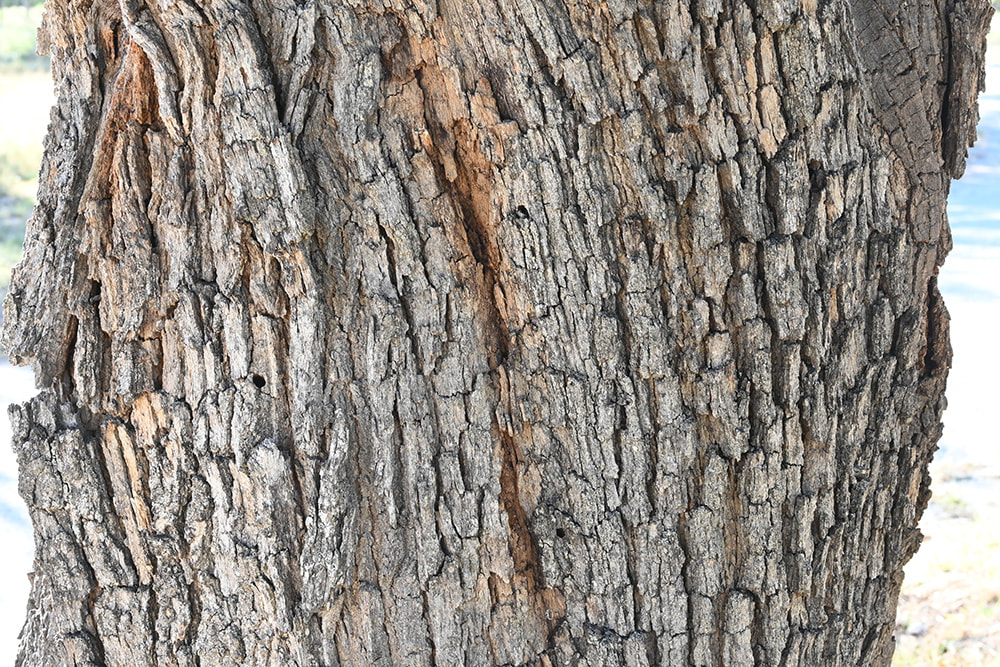
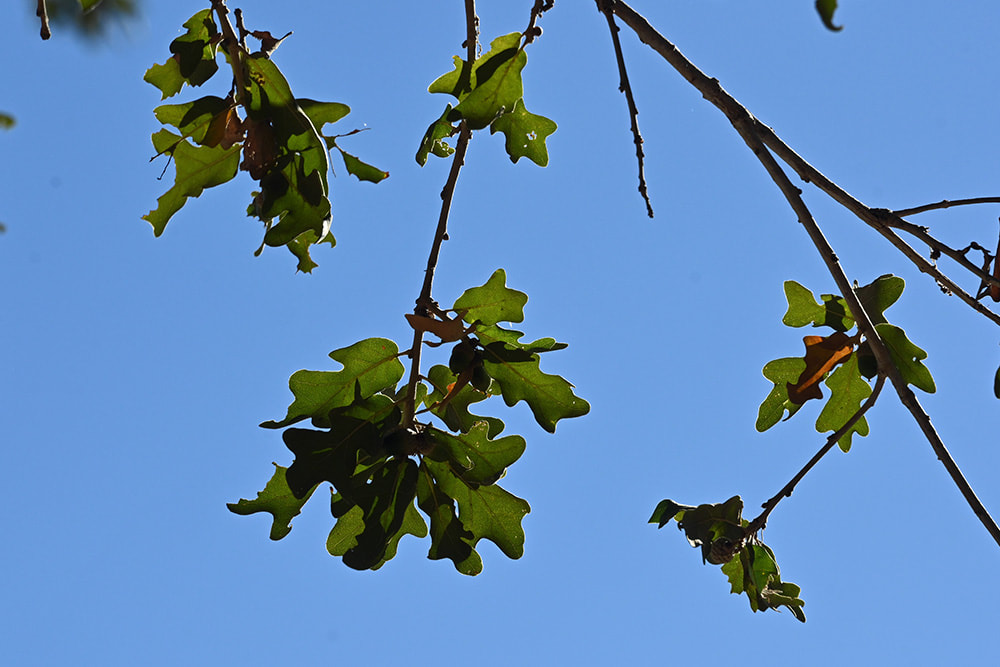
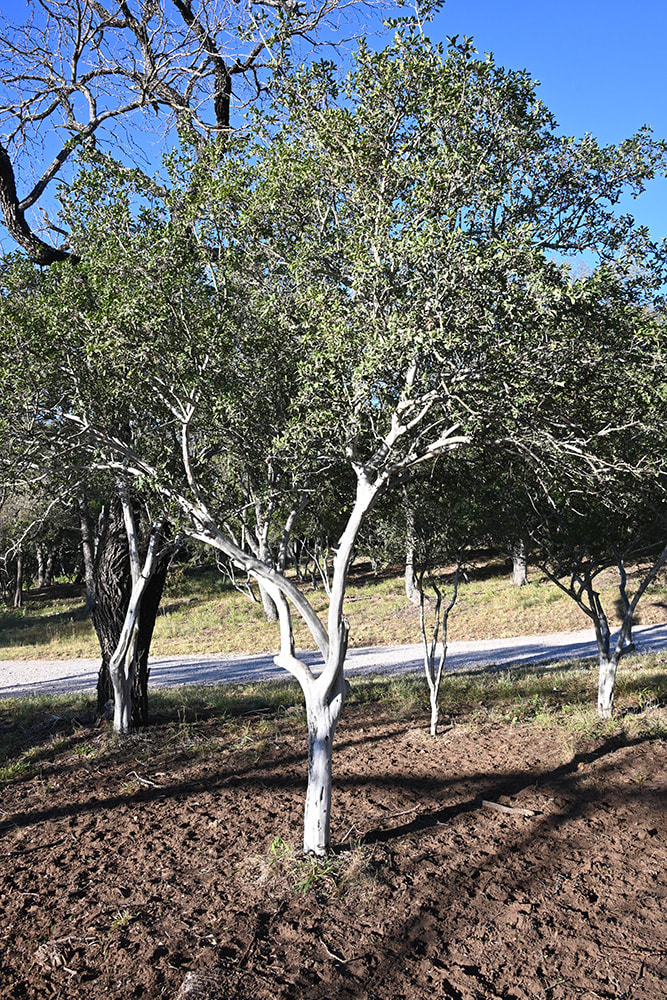
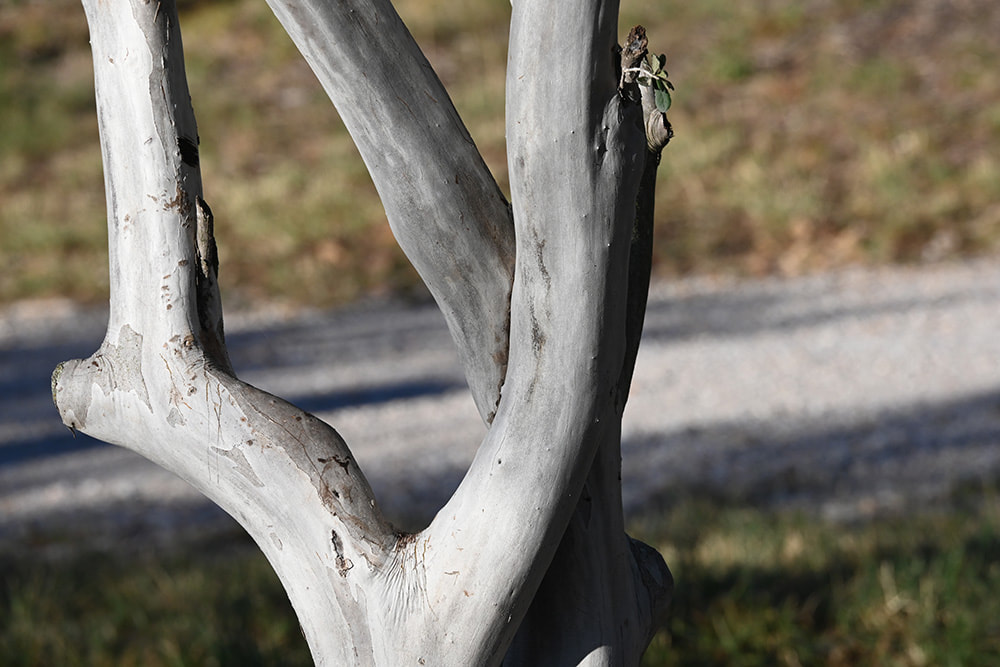
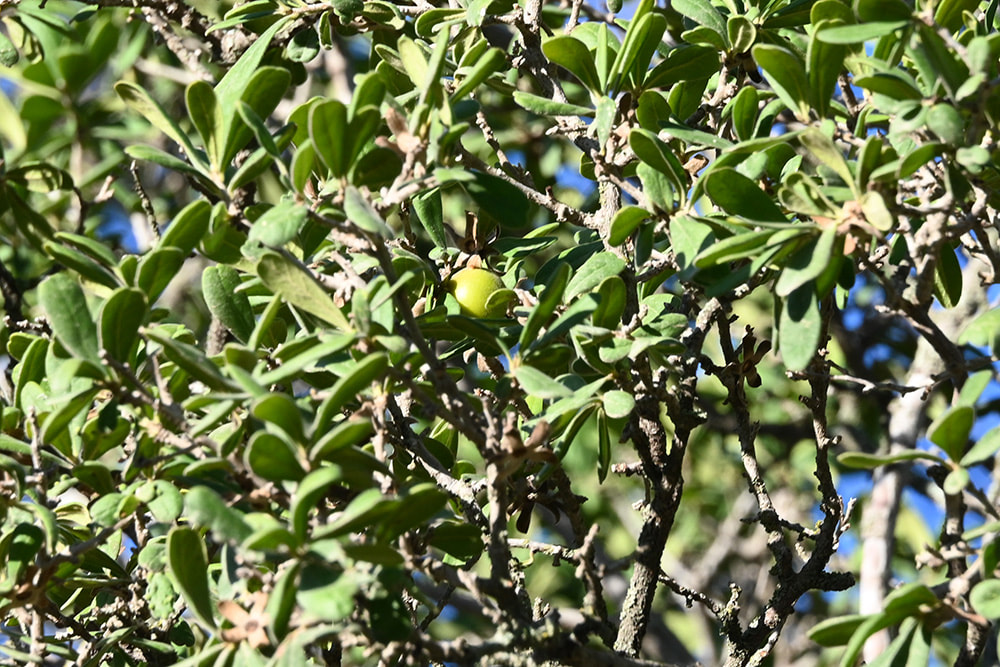
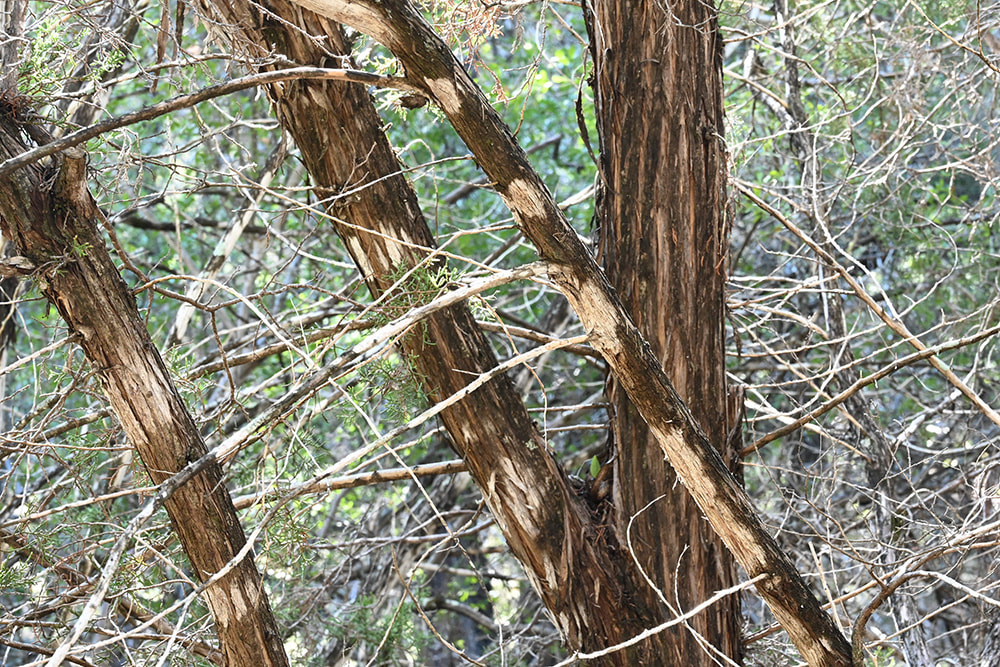
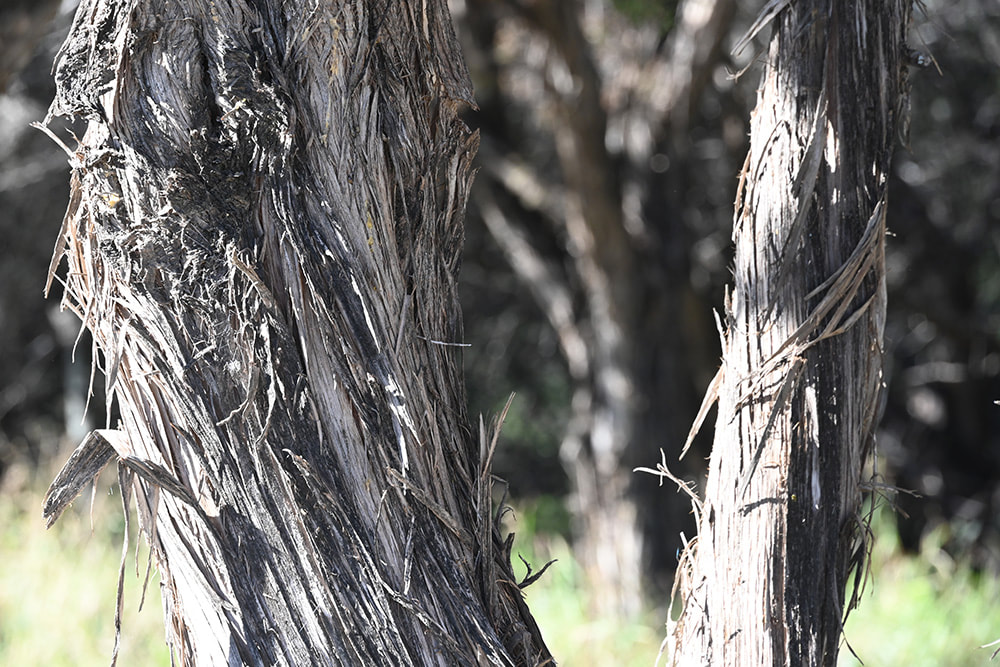
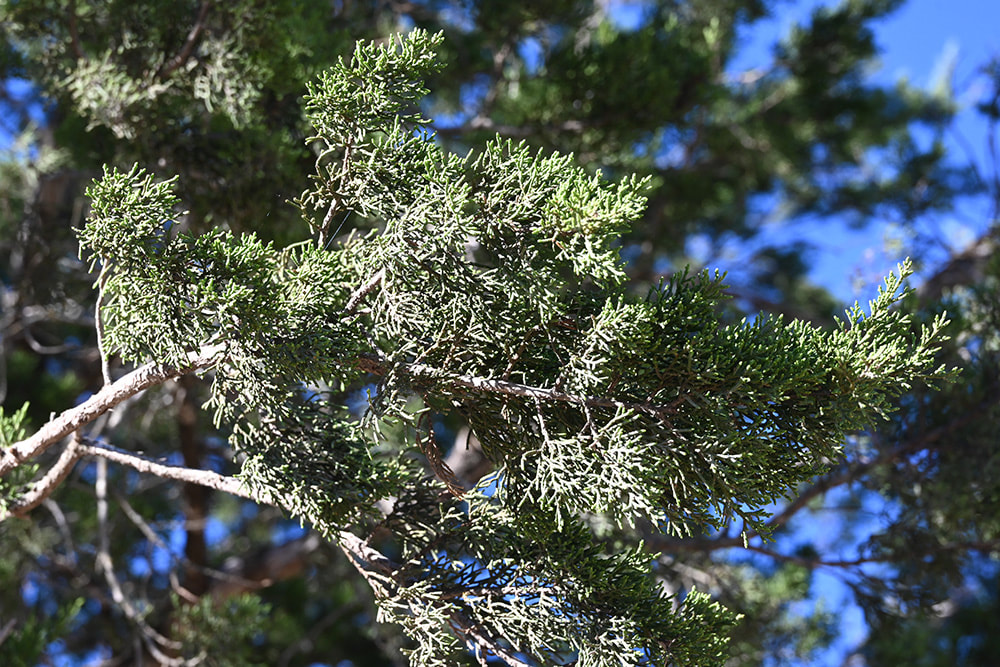
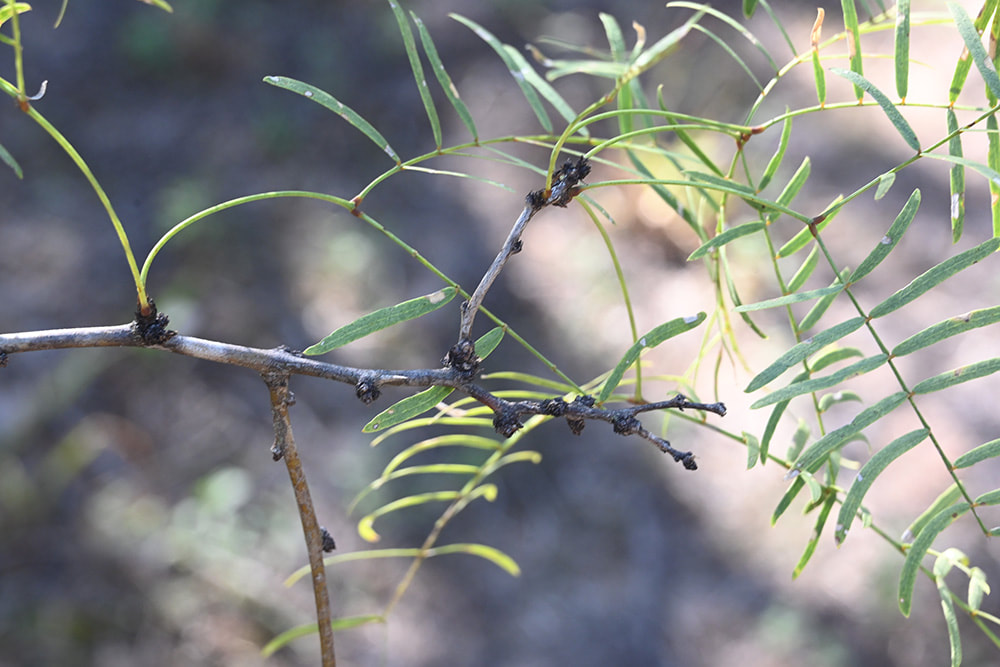
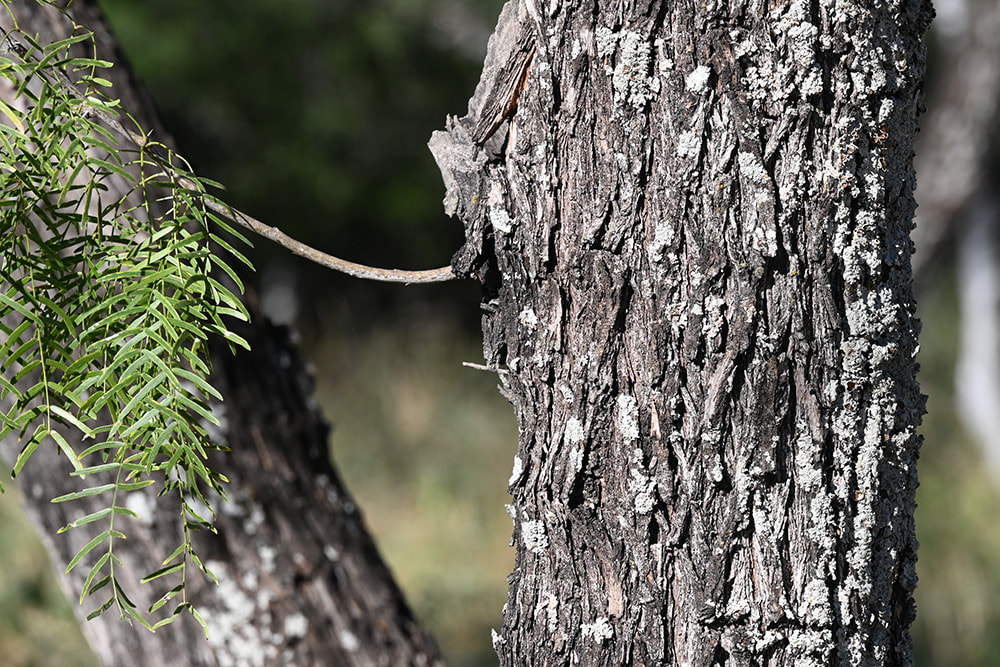
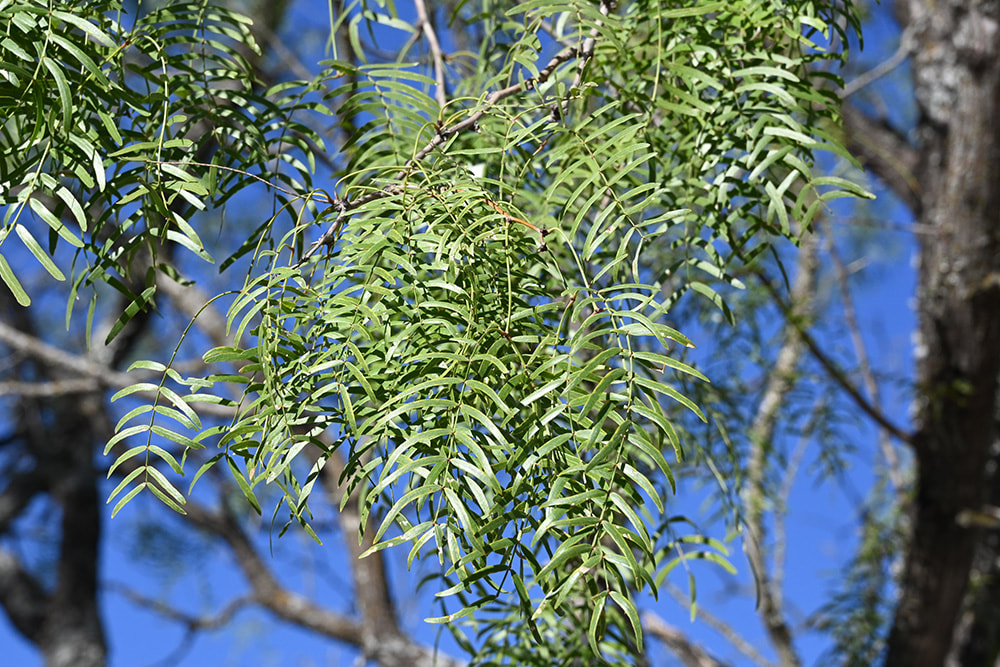
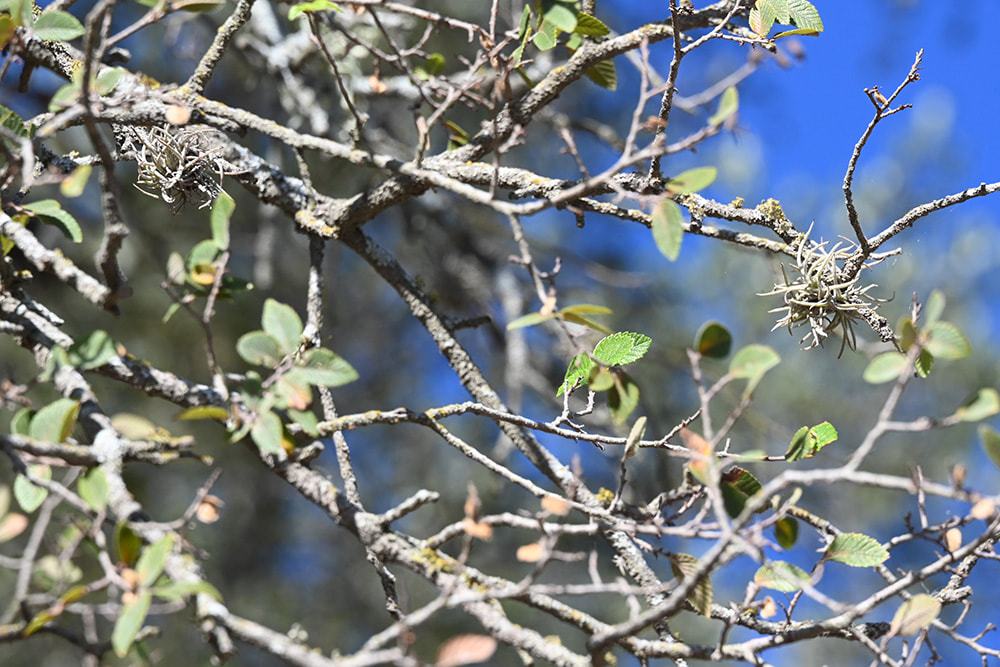
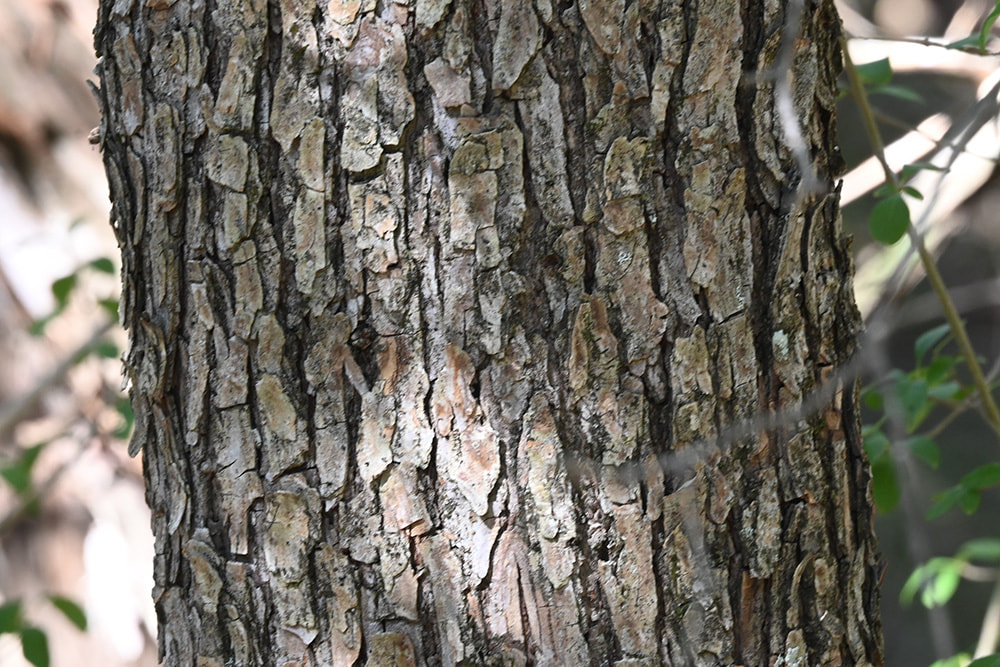
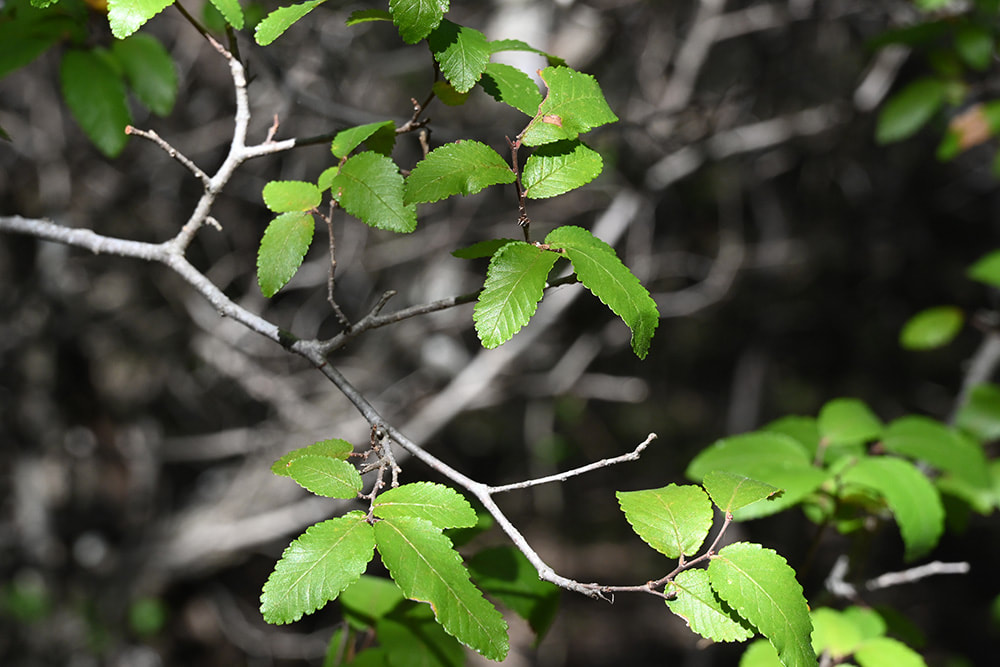

 RSS Feed
RSS Feed